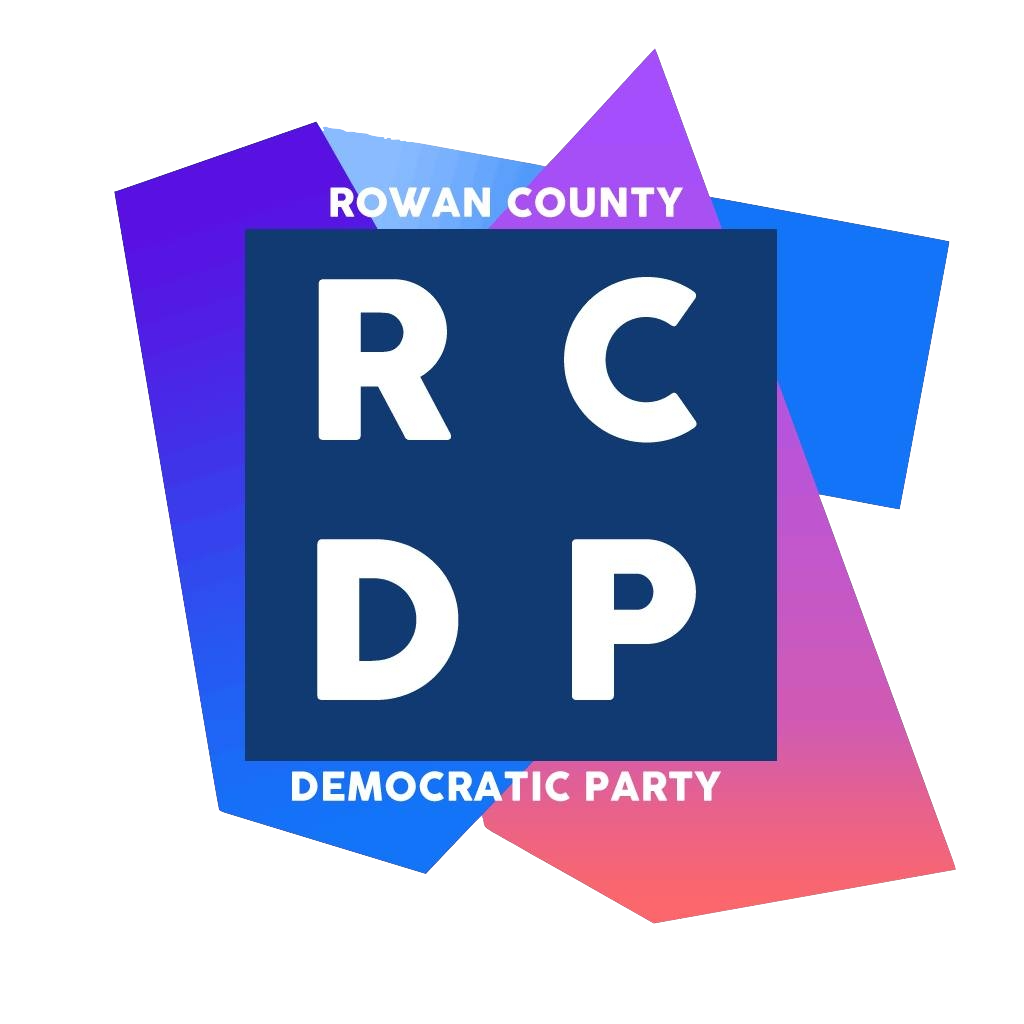“How do we get the message out of the church and into the larger world — where color is the problem.” Evelyn Uddin-Khan’s recent opinion letter speaks to her honest skepticism.
One wonders: would the world have been a better place without racial differences?
Would we have liked each other more if we all had the same skin color? The same hair? The same eyes?
For three Wednesday evenings in January, First Presbyterian Church hosted a program entitled “Race: The Power of an Illusion.” Michelle Strong and Krista Hill did the honors and presented the “old story” of the “old struggle” of Blacks “fighting” for equal rights. They did a fantastic job, but the skeptic (that I am) left the church wondering what difference would it make? What would really change?
There were some film clips on the origins of race theories and who were and who were not American citizens. One film clip showed scientists discussing race, and it seemed clear that race is a social or political construct used to justify superiority or inferiority in the human species. In other words, science is used and is the justification for naming and distinguishing people by their physical appearances, and to oppress non-whites.
There was a discussion question on who is an American citizen. The question was: What does the term “melting pot” imply?
The answer: the term was used to help European immigrants assimilate in America. It further stated that: To be white was to be American. To be an American, you had to be white.
Another film clip showed the persecution of Japanese and Indians (from India) in their quest for American citizenship. Those people had shops, jobs and were independent, but they were denied American citizenship because they were not white.
Another discussion question was: “I don’t see color.” Well, that is difficult. You look at someone, however innocently, and the first thing you see is their physical characteristics. It is after you “know” the person that the “color” becomes inconsequential.
When we “talk” about minorities and people of color, there are deeper issues that get buried in the social and political discussion that are rarely — if ever — addressed. When people discuss institutional racism, think hospitals, the entire education system, social services, law enforcement and prisons. These institutions need equity.
One good man even brought up the long and old battle for reparations. Would that happen now?
The audience in First Presbyterian Church on those nights were about 25 white people, a few Black people and one “other.” The very fact we refer to people by their skin color is one of the rudest, most disrespectful, most insulting ways we can refer to our fellow human beings.
The question is: how do we get the message out of the church and into the larger world — where color is the problem.
I call myself a skeptic, and here is why.
One day I had guests for tea. Our conversation shifted to Noah and his tree sons: Shem, Japhet and Ham. According to one of my guests — a White, religious, respectful man — Shem was sent to the Jews and Asia. Japhet was sent to the Gentiles and Europe. Ham was sent to all others and Africa. He concluded that Blacks were meant to be servants, that it says so in the Bible and that explains their present condition. With a mindset like that, I am not very optimistic.
I also think the answer to my questions is: No, if we all had the same color, same hair, same eyes, we would find something else — intelligence and physical strength — to justify our bigotry, intolerance and disrespect for each other.
Let’s consider this quote from Jackie Robinson, a baseball player who broke the Major League color barrier: “I’m not concerned with your liking or disliking me … All I ask is that you respect me as a human being.”
There is a saying, “Before you judge a man, walk a mile in his moccasins.” Let’s walk in Jackie Robinson’s moccasins and see how it feels.
The bottom line is that we are all human beings, and if we simply show each other the common courtesy that should be accorded to the person in front of you we won’t need this column.
Evelyn Uddin-Khan

